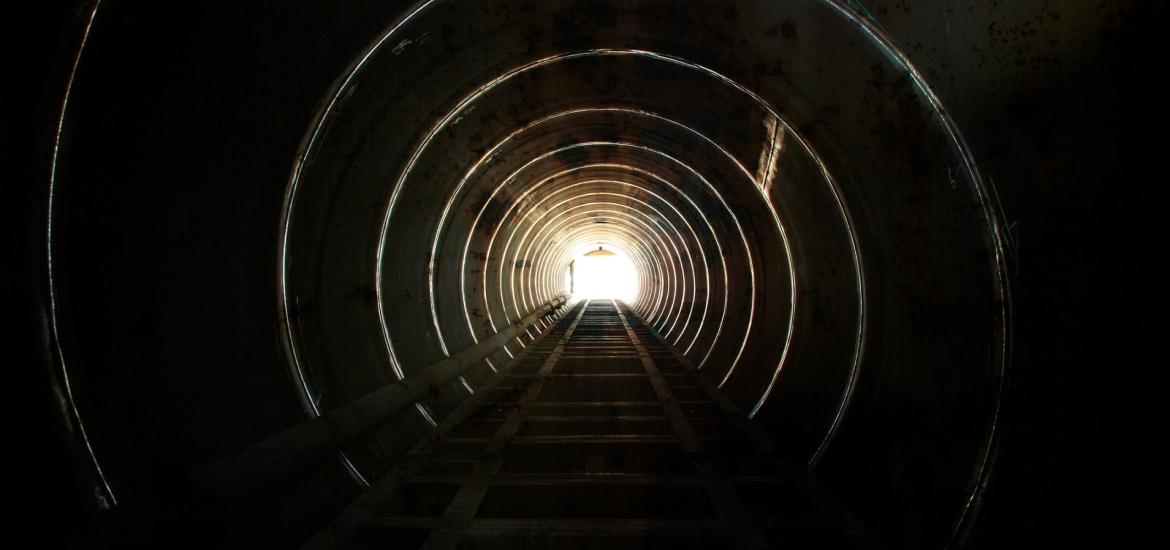
Vincerx stalls again
The group reports responses with its CD123-targeting ADC, but cash is running short.
The group reports responses with its CD123-targeting ADC, but cash is running short.

Earlier this year Vincerx crashed on disappointing data with its small-molecule drug conjugate VIP236; now the group has reported results with its next candidate, the CD123-targeting ADC VIP943.
Early dose-escalation data in a handful of blood cancer patients showed two responses and, perhaps just as importantly given the target, a safety profile described as favourable. Vincerx talked up the possibility of accelerated approval in TP53-mutated AML, but it's running short of cash: as of the end of June it had just $16m in the bank.
The company is now looking to partner both VIP236 and another asset, the CDK9 inhibitor enitociclib. These efforts could be key if Vincerx is to keep going past early 2025, its current cash runway. Investors clearly don't hold out much hope, however: the company's stock closed down 42% on Tuesday.
Differentiated?
Other CD123-targeting projects have been hit by toxicity, and although Menarini’s CD123-directed cytotoxin Elzonris is approved this has a black box warning for capillary leak syndrome, and is also linked with hepatotoxicity.
Vincerx reckons VIP943 is differentiated by several factors. First is its linker, which is cleaved intracellularly by legumain, said to be overexpressed in tumours. Second is a novel payload, a kinesin spindle protein (KSP) inhibitor designed to target cells only when they’re dividing. Third is a “cell trapping” technology, intended to keep the payload within cancer cells.
The phase 1 study of VIP943, in late-line CD123-positive AML, B-ALL and MDS, is testing doses from 0.2mg/kg to 1.7mg/kg. So far, it has enrolled 22 patients and dosed up to 1.3mg/kg; Vincerx believes that the efficacious doses will be 1.0-1.7mg/kg.
The company reported efficacy results on Monday from nine evaluable patients who received at least three doses of 1.0mg/kg or higher.
As of a cutoff date of 29 August, one AML patient receiving 1.0mg/kg had a complete remission with incomplete haematologic improvement (CRi), while one HR-MDS patient receiving 1.3mg/kg had complete remission with limited count recovery (CRL). Only four of nine patients remain on study.
There were no dose-limiting toxicities, and dose escalation continues.
As for adverse events, there was no myelosuppression, cytokine release syndrome, interstitial lung disease, peripheral neuropathy or veno-occlusive disease, Vincerx said. Grade 3 treatment-related febrile neutropenia was seen in less than 5% of patients. One patient had a drug-related serious adverse event of grade 3 diarrhoea.
Vincerx thinks this could allow VIP943 to be combined with other therapies; it’s planning to test the project alongside Venclexta and azacitidine in relapsed/refractory AML.
The company also mooted the possibility of accelerated approval in TP53-mutated AML, where there’s a high unmet need. Here, Vincerx pointed to a TP53m patient with bone marrow blast reduction after one cycle of treatment with VIP943; however, there were no responses in this population, so the group will presumably need more evidence of an effect before its hopes of accelerated approval can become reality.
In the meantime, raising cash is the most pressing issue for Vincerx. It insisted during a conference call on Monday that the disappointing VIP236 is still a “very exciting compound” and that a combination could be the way forward in the “right” patient population. It has to find a partner that agrees.
1185













